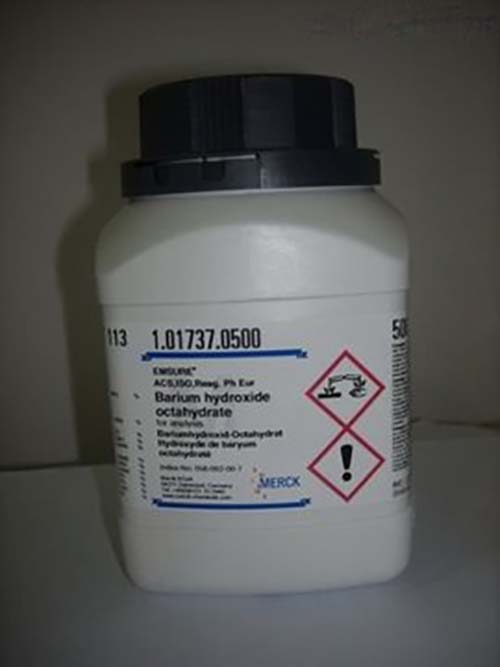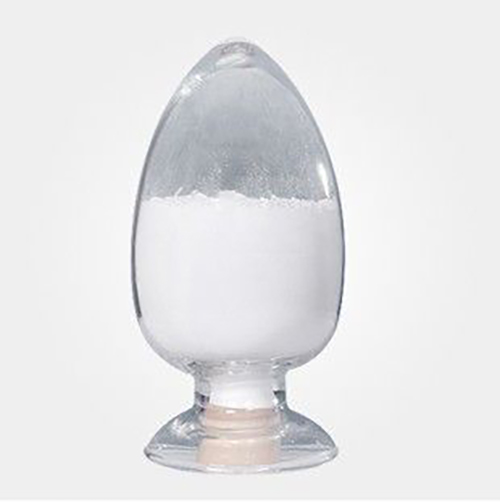Active Pharmaceutical Ingredients (API), popularly speaking, are the raw materials of medicines, only pharmaceutical raw materials are processed into pharmaceutical preparations , can they become medicines available for clinical use, so drugs we usually eat are the finished drugs through processing. Active Pharmaceutical Ingredients based on its sources can be divided into two major categories ,including chemical synthetic drugs and natural chemical drugs. Chemical synthetic drugs can be divided into organic synthetic drugs and inorganic synthetic drugs. Inorganic synthetic drugs are inorganic compounds ( very few is element), such as aluminum hydroxide, magnesium trisilicate which are used for the treatment of gastric and duodenal ulcers ; organic synthetic drugs are mainly composed of drugs made by basic organic chemical raw materials, through a series of organic chemical reactions (such as aspirin, chloramphenicol, caffeine, etc.). Natural chemical drugs ,based on its sources,can be divided into two categories including biochemical drugs and plant chemical drugs. Antibiotics are generally made by the microbial fermentation, which belongs to the biochemistry category. A variety of semi-synthetic antibiotics occurs in recent years,which are biosynthesis and chemical synthesis combining products.Among active Pharmaceutical Ingredients, the organic synthetic drugs varieties, yields and values have the largest proportion,which are the main pillars of the chemical and pharmaceutical industries. The quality of active Pharmaceutical Ingredients decides whether the formulation is good or bad , so its quality standards are very strict ,countries in the world have developed national pharmacopoeia standards and strict quality control methods for its widely used active Pharmaceutical ingredients.
What is Corosolic Acid?
Corosolic acid is an compound that is extracted from the lagerstroemia speciosa tree in India. It helps to regulate blood sugar levels and also acts as an antioxidant in the body.
Aug 1,2022 APIPharmacological action and Preparation of Finasteride
Finasteride is a 4-azasteroid that can selectively and competitively inhibits 5α-reductase activity, has a good inhibitory effect on 5α-reductase and can significantly reduce the level of DHT.
Aug 1,2022 APIVarious applications and degradation properties of polyvinyl alcohol
Polyvinyl alcohol (PVA) is a linear synthetic polymer produced via partial or full hydrolysis of polyvinyl acetate to remove the acetate groups.
Aug 1,2022 APIApplication and environmental risk assessment of climbazole
Gambolin has broad-spectrum bactericidal properties. It is mainly used in antipruritic and dandruff conditioning shampoo and hair care shampoo.
Aug 1,2022 APIThe synthetic method of 1,3-propanediol
1,3-Propanediol is a compound with molecular formula of C3H8O2 and molecular weight of 76.10. It is colorless and transparent viscous liquid. 1,3-Propanediol can be used in various drugs,
Jul 29,2022 APISynthesize and physical properties of L-hydroxyproline
L-Hydroxyproline has a special flavor and can be used as a fragrance raw material.
Jul 29,2022 APIThe different applications of 2-methylimidazole
2-Methylimidazole is an organic compound with the molecular formula c4h6n2 2-methylimidazole, also known as dimethyl imidazole, is white acicular crystal
Jul 29,2022 APIUses and Preparation of D-panthenol
D-panthenol is readily converted to pantothenic acid which is widely distributed into body tissues, mainly as coenzyme A, which is necessary for important reactions in material metabolism.
Jul 29,2022 APIDescription, clinical application and adverse reactions of tamoxifen citrate
Tamoxifen citrate is an orally administered, nonsteroidal antiestrogen agent that is widely used for the treatment of breast cancer in recent years.
Jul 29,2022 APIProperties, preparation and application of 1-cbz-4-piperidone
1-cbz-4-piperidone plays an important role in many fields. For example, in the field of medicine, it is often used to reduce patients' pain during and after surgery.
Jul 29,2022 API











